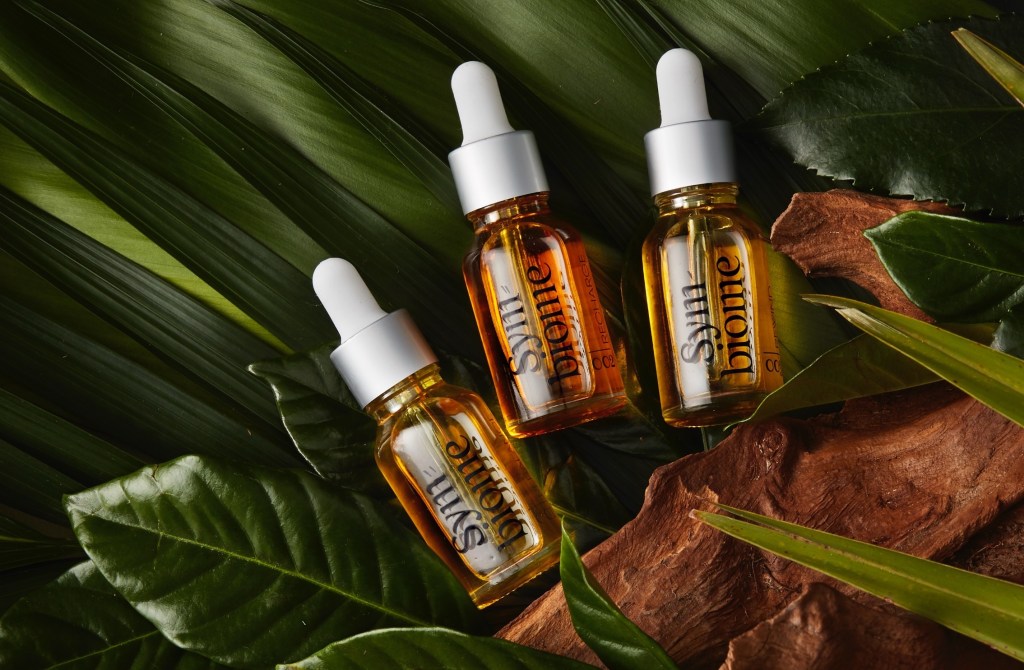Opportunities at the Intersection of Biology, Software, and Automation
By Adam D'Augelli, July 13, 2020
Over the past two decades, we’ve seen hundreds of billions of dollars of market capitalization created by new software and infrastructure companies built at the intersection of mobile, data, and cloud computing.
Now, we’re in the middle of an even larger shift at the intersection of biology, software, and automation as old industries are reimagined and entirely new ones are created. These new products that are inspired by nature and built with biology are better for consumers, better for the environment, and higher performing than what their predecessors developed with harsh chemicals and petroleum.
The first wave of companies at the intersection of biology, software, and automation focused on the known markets of diagnostics and therapeutics. In the True portfolio, this includes companies such as Deep Genomics, Pendulum Therapeutics, and InterVenn Biosciences.
Looking forward, we’re excited to see what comes next as the technologies these companies are building lead to the creation of new and better products in even more markets, including food, B2B materials, consumer goods, healthcare, and agriculture.

As our population grows in size and income, we will increasingly need access to larger amounts of high quality, healthy food, especially protein. One way this will happen is through the creation of new, great-tasting plant-based alternatives to meat.
Prime Roots started with a plant-based salmon burger, which Fast Company said “tastes like the real thing” and The Wall Street described as having the “flaky texture of America’s favorite fish.” Since then, the company has used its technology to develop products that resemble other protein types too, including chicken, beef, and pork.
In February 2020, Prime Roots released a limited run of plant-based bacon and sold out within days.
The company grew out of a passionate community the founders developed online. This allowed them to better understand what types of products the consumer really wants and develop proprietary recipes that taste great, in addition to being healthy and better for the environment. While their earliest adopters were mostly individuals who were already vegan or vegetarian, most of their newest customers are individuals who just want to eat less meat.
Another way we’ll be able to increase access to nutritious, sustainably produced food is by using cellular agriculture to complement conventional livestock farming. Companies in this space, such as pork producer Fork & Goode, are reinventing the full supply chain to not only make real meat that people want, but also food that is safer to eat, is nutritionally equivalent to farm-raised livestock, and has a far lower environmental footprint.

The last century was dominated by the use of harsh chemical processes that manipulate petroleum in order to create new products. The next 100 years will be about innovating with biology to bring never-before-imagined products and materials to market. Nature has always provided a much broader resource set than chemicals, but we were unable to develop great, high-performing products without recent developments in software and automation, which let us better harness its insights.
Zymergen combines biology, machine learning, and automation to bio-manufacture products for Fortune 1,000 partners in electronics, agriculture, personal care, and other industries. For example, the team developed adhesives using biological derivatives that are similar to those made naturally by mussels, with significantly better bonding strength than other adhesives on the market today.
Another early entrant in this space is Modern Meadow, which developed a replacement for leather and sells it to partners in fashion, automotive, and more. In addition to the positive environmental impact of companies like these, they let brands better react to shifts in consumer preferences and build products previously not thought possible.

To take advantage of this innovation in materials science, more and more emerging brands are developing new, innovative products they sell directly to consumers. These products could have never been built prior, without business models designed from the ground up for modern consumers.
Hair color and care brand Madison Reed did the hard work of creating incredibly high-quality Italian-grade hair color, but without the harsh chemicals found in similar products. Moreover, Madison Reed compounded that by creating a business model that supports their customers with a lively community of peer reviews and body-positive messaging.
Another example is Symbiome, which is developing products inspired by this team’s unique understanding of ancestral human health. The core data asset that drives Symbiome’s approach to skincare is a proprietary map of ancestral bacterial diversity and ancestral plant foliage that used to exist but was lost due to stress and environmental factors over time.
In addition to building effective products, the company is committed to building clean products with as few ingredients as possible. In Symbiome’s initial collection, no product has more than five ingredients. Long term, the company is striving to keep the number of ingredients in any single product to eight or less, with zero use of harsh chemicals.

We’re also seeing early examples of how these trends can spur the creation of new product categories with a material impact on the global healthcare system.
Membio is developing a method to produce red blood cells outside of the human body for health and therapeutic applications. In the short-term, this company can provide a novel delivery mechanism for specific types of gene therapy products. Long-term, Membio can provide an alternative source of red blood cells for patients that would reduce the risk of potential issues with donor blood and other supply chain issues.
![]()
We’re in the earliest days of this convergence of biology, software, and automation and think the intersection of these technology trends will be compounded by a shift in consumer demographics and new business models.
Just the categories here (food, B2B materials, consumer products, and healthcare) create great potential. This doesn’t even include other potential markets including non-food agriculture (such as Hyasynth Bio, Antheia, and Geltor), clothing (such as Bolt Threads, Kestrel Materials, and MycoWorks), and more.
As we’ve shared these ideas with others, we’ve heard this space called “deep technology” or “frontier technology.” We’d instead argue that this convergence is merely a reflection of what venture capital was intended to do: combine the best of multiple disciplines to create new markets and reshape existing markets, while ultimately leading to high-margin businesses with predictable revenue, highly differentiated product, and real defensibility.
As discussed in a previous post, we think bridging the two worlds between what we consider to be “life science VCs” and “technology VCs” — and bringing together validated technology and validated business models in new ways — is where the most interesting new companies will emerge.
It isn’t new discovery or research; it is engineering and business model iteration. Individuals who are willing to learn more about this convergence are best positioned as these next-wave companies come to life.



